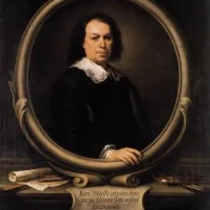 1617 - 1682
baroque
1617 - 1682
baroque
Description Bartolome Esteban Murillo
Bartolomé Esteban Murillo, a luminary of Spain's Golden Age, unfolds a tale of artistic brilliance and spiritual resonance. Born in Seville, Murillo's journey commenced amidst the vibrant tapestry of 17th-century Spain, where his youthful passion for art led him to master the chiaroscuro techniques of the local Baroque tradition.
Murillo's oeuvre, marked by a poignant blend of realism and spiritual transcendence, navigated the dualities of earthly existence and divine grace. His religious compositions, including "The Immaculate Conception" and "The Miracle of the Loaves and Fishes," exude an ethereal luminosity that transcends mere representation, inviting viewers into a contemplative realm.
While celebrated for his religious themes, Murillo's versatility shines in his portraiture and genre paintings. "The Young Beggar" and "Boys Playing Dice" showcase a compassionate gaze into the lives of the marginalized, revealing a nuanced understanding of the human condition.
Murillo's life, entrenched in Seville's cultural effervescence, unfolded against the backdrop of religious fervor and artistic renaissance. His association with the Brotherhood of Charity underscored his commitment to social welfare, a facet often overshadowed by his artistic acclaim.
Beyond the canvas, Murillo's legacy extends into the realms of art education. As a co-founder of Seville's Academy of Art, he played a pivotal role in nurturing emerging talents, leaving an enduring impact on the city's artistic ethos.
In the tumultuous currents of 17th-century Spain, Murillo's art emerged as a serene harbor, offering solace and introspection. His legacy, though sometimes overshadowed by his contemporaries, endures as a testament to the power of art to transcend temporal confines. In the warm glow of Murillo's canvases, we encounter not just the mastery of a painter but a soulful reflection on the intertwining threads of faith, humanity, and the timeless pursuit of artistic beauty.
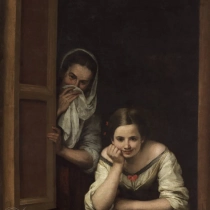
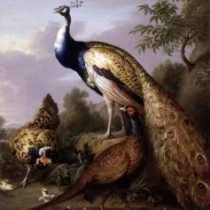
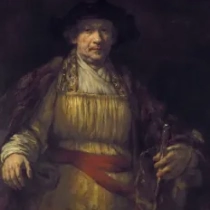
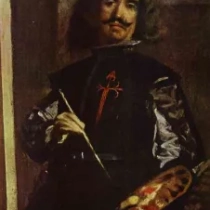
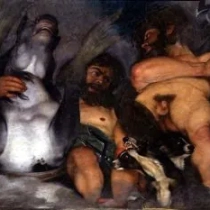
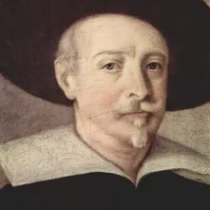
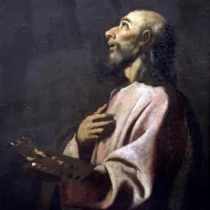
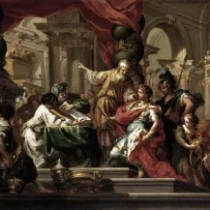


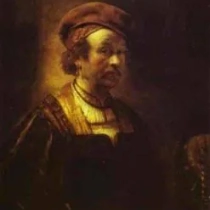
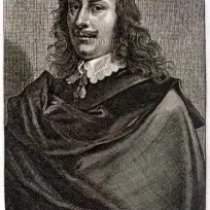
No Comments Yet...